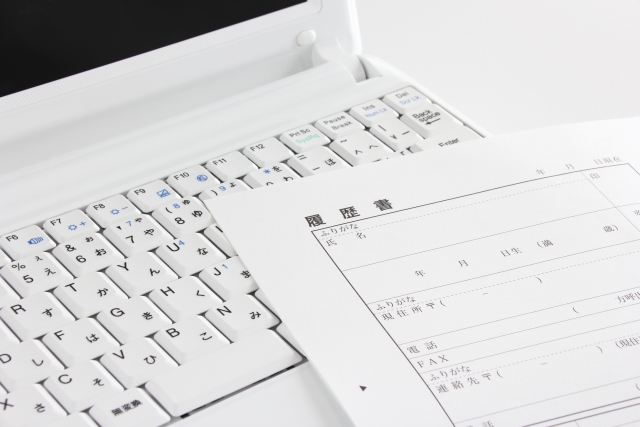The Basics of Writing a Resume
Resume and Application (Entry Sheet)
In Japan, some companies require you to submit an application (a.k.a. entry sheet) in addition to your resume. The two most important sections are personal summary and reasons for applying. If these two items are on both your resume and entry sheet, write the main points on your resume and the details on your entry sheet.
How to Write a Personal Summary

The personal summary section is very important. Include at least two of your strong points or selling points here. You can make it more concrete by linking it to your own experiences and episodes, such as your studies, club activities, social activities (volunteer work, etc.), and part-time jobs.
The difference between personal summary and self introduction
Be careful not to turn your personal summary into a mere self introduction. Personal summary is a way to tell others about your strengths. Be conscious of the way you write your Hobbies, Strengths and Weaknesses, and What I Learned at School sections, which relate to your self-promotion.
How to Write a Reason for Applying

The reason for applying is also very important. You will always be asked about it in interviews. For this section, you need to understand what the company is doing now, what they are planning to do in the future, and what kind of people they need.
To do this, first gather information about the company. Go to the company’s official website and read carefully about the company’s business description, corporate philosophy, and management plan. Also, if possible, participate in an internship or corporate recruiting (briefing) sessions.
Once you have a concrete understanding of the company, write down what kind of work you would like to do at the company and how you can contribute to the company. Try to be as specific as possible and connect this with your experiences and episodes.
Strengths and Weaknesses
- Try to write about how you can use your strengths in the workplace by linking them to your work.
- If that is difficult, write about your experience in supporting others by using your strengths.
- When writing about your weaknesses, you should also write about how you made efforts to strengthen those points.
What You Have Experienced Outside of School
Many people write about their part-time work experience in this section. Do not just explain the details of your part-time job but write about what you learned and what you acquired from the experience.
How to Write a Resume

When should I write one?
Since company information sessions will begin from March, just before you enter your final year of school, so complete it by the end of February.
Getting checked by a Japanese person
After you have written your application, consult with the career center of your university or vocational school and have it checked by a Japanese person. You should also consult with your academic advisor at your university.
Let’s Learn How to Write a Resume (with Examples)
When you are looking for a job in Japan, your resume or application (entry sheet) will have sections for personal summary, reasons for applying, and strengths and weaknesses. If you can present your strengths in these fields, you will have a better chance of getting invited to an interview. Here are some examples of how to write a resume.
